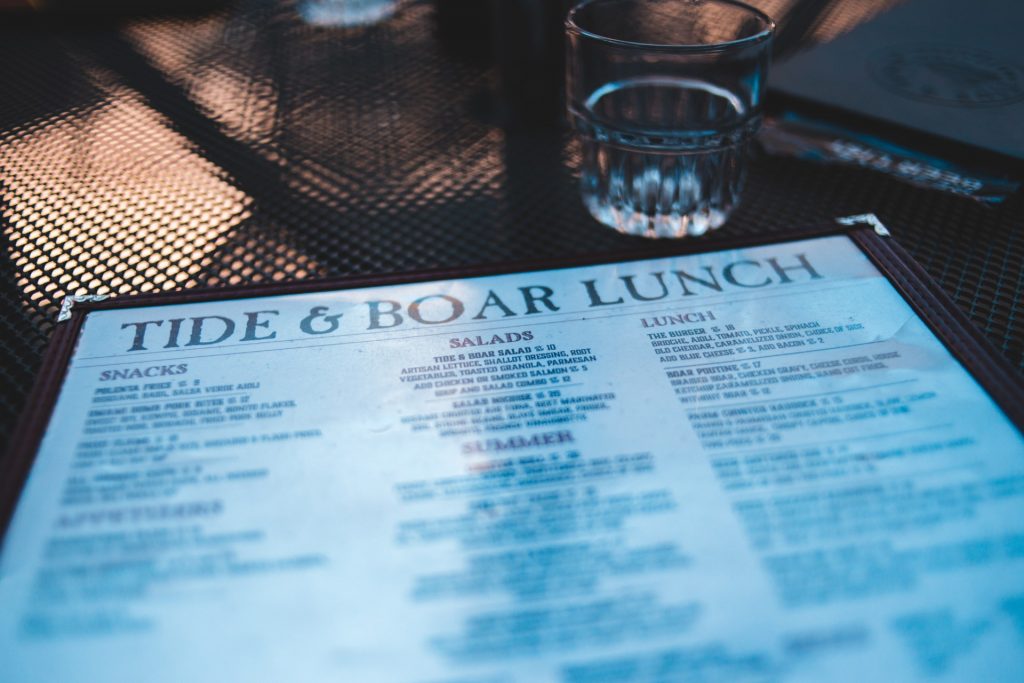This Valentine’s Day Isn’t Only About Couples: Solo dining trend for 2020
February 14th (Valentine’s Day), is often the bane of any restaurant worker’s existence. Back to back reservations, last-minute cancellations or walk-ins, and a generally incredibly busy evening make for challenging night. While this holiday takes up a ton of time and effort (what with making new menus and prepping waiters for the business ahead), it’s still worth taking some time out to note the increasing trend of dining alone in 2020.
From fermented foods and West African spices to alternative flour, the start of this new decade has already brought many new trends to the foodservice industry. But aside from the food itself, 2020 will bring changes to the nature of which people dine out. One of these will be the continued rise in solo diners.
Open Table’s 2015 study on consumer dining habits revealed a significant trend that was only just emerging; more and more people were eating on their own. This movement has only gained traction; in 2018, solo diners made up 23% of all parties at US restaurants.
So, with this consumer-rooted trend apparent, the question becomes: what can restaurants do to attract the growing demographic of solo diners? While some initiatives towards this goal may be more extensive, there are many, easy steps that foodservice operations can take to make their spaces more attractive for all types of parties.
1. Evaluate Your Menu
What is often not considered about solo diners is how difficult it can be for them to order. More and more, restaurant menus are designed to be shared, with many small plates and communal platters. Offering menu items that are conducive to eating alone can make a huge difference for your guests.

Putting together some prix fixe menus is a great option for a couple of reasons. Firstly, solo eaters will be able to taste more of the menu and have the same experience as other parties at the restaurant. It’s also a more cost-efficient way for them to try a variety of dishes, rather than breaking the bank by ordering multiple, full-sized menu items. Larger parties will be able to capitalize on these offerings as well, making them a beneficial addition to your menu.
2. Consider Your Environment
Many people who dine alone will do so by choice. In this case, it is important to try to read your guests to determine whether they are hoping to engage with others or not. If not, ensure that their peace and privacy are respected. Some solo diners will bring a computer or book with them. Optimizing your environment to this is a considerate way to recognize all parties in your restaurant. Ensure that there are multiple tables near an outlet, for those who bring their laptop or need to charge their phone. Keeping the lights at a reasonable level to allow guests to read a book is also a good rule of thumb.
For the guests who want to work while they eat, encourage your servers to have a few menu suggestions ready. Being prepared to help them make a choice will discourage unnecessary lingering and will allow them to continue their workday.

Alternatively, for solo patrons who see their meal as a social experience, creating connections with other guests can be a great opportunity to generate interactions and encourage guests to stay longer. For instance, the bartender can initiate joint conversations with single diners at the bar, or introduce them to another guest nearby.
The bottom line is that you and your staff should avoid over-reading guests when they walk in. Some may be just starting their day, while others are winding down; some will be social and others will be reserved. Having food and drink suggestions ready will serve you well, but also knowing when to give someone space will set you up for success.
3. Seating is Significant
Many people who dine alone will opt to sit at the bar, so choosing comfortable bar seating will definitely contribute to a positive overall experience. If space permits, including a communal table or dining area, has proven to be a successful choice as well. Window seating is another popular spot for single parties; it’s a great spot to read or people watch.

On the other hand, many guests are looking for a dining room experience when they visit a restaurant and prefer to stay away from the bar. Ensure that you have ample two-top tables available, so that all guests will feel comfortable.
If seating adjustments like this aren’t possible in your space, there are other changes your restaurant can make to optimize solo dining. For example, after the guest has been seated at a table, make sure to remove the other place setting. This eliminates any awkwardness or confusion that another guest will be joining.
Whatever course of action you decide to take as a foodservice operation, striving to make your space more accommodating and accessible will never serve you wrong. Solo dining is definitely on the rise, influenced by people eating more adventurously, treating themselves to alone time and focusing on becoming more independent. And it’s something that will be felt across the industry, not just in one sector or type of restaurant over another.
In my opinion, making small changes in your restaurant to adapt to this movement is an extremely smart and beneficial move.









